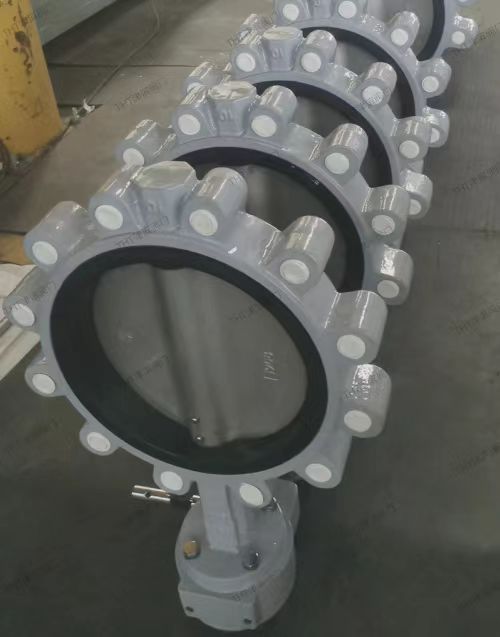In the process of using valves, you may encounter seal damage, do you know what is the reason? Here’s what to talk about.The seal plays a role in cutting and connecting, adjusting and distributing, separating and mixing media on the valve channel, so the sealing surface is often subjected to corrosion, erosion, wear and easily damaged by the medium.
The reasons for the damage of sealing surface are man-made damage and natural damage. Man-made damage is caused by factors such as poor design, poor manufacturing, improper selection of materials, and improper installation. Natural damage is the wear of the valve under normal working conditions, and is the damage caused by the inevitable corrosion and erosion of the medium on the sealing surface.
The causes of natural damage can be summarized as follows:
1. Sealing surface processing quality is not good
If there are defects such as cracks, pores and ballast on the sealing surface, it is caused by improper selection of surfacing and heat treatment specifications and poor operation in the process of surfacing and heat treatment. The hardness of the sealing surface is too high or too low, which is caused by wrong material selection or improper heat treatment. The uneven hardness and non-corrosion resistance of the sealing surface are mainly caused by blowing the bottom metal to the top during the surfacing welding process and diluting the alloy composition of the sealing surface. Of course, there may also be design issues.
2. Damage caused by improper selection and poor operation
The main performance is that the valve is not selected according to the working conditions, and the cut-off valve is used as a throttle valve, resulting in too large specific closing pressure and too fast or lax closing, so that the sealing surface is eroded and worn.Improper installation and poor maintenance led to abnormal operation of the sealing surface, and the valve operated with disease, prematurely damaging the sealing surface.
3. Chemical corrosion of the medium
When the medium around the sealing surface does not produce current, the medium directly acts on the sealing surface chemically and corrodes the sealing surface.Electrochemical corrosion, sealing surface contact with each other, sealing surface contact with the closing body and the valve body, as well as the concentration difference of the medium, oxygen concentration difference and other reasons, will produce potential difference, electrochemical corrosion, resulting in the anode side of the sealing surface is corroded.
4. The erosion of the medium
It is the result of the wear, erosion and cavitation of the sealing surface when the medium flows. At a certain speed, the floating fine particles in the medium impact the sealing surface, causing local damage; the high-speed flowing medium directly washes the sealing surface, causing local damage; when the medium mixed flow and local vaporization, bubbles burst and impact the sealing surface, causing local damage. The erosion of the medium combined with the alternating action of chemical corrosion will strongly etch the sealing surface.
5. Mechanical damage
The sealing surface will be damaged in the process of opening and closing, such as bruising, bumping, squeezing and so on. Between the two sealing surfaces, atoms penetrate each other under the action of high temperature and high pressure, resulting in adhesion. When the two sealing surfaces move to each other, the adhesion is easy to draw. The higher the surface roughness of the sealing surface, the more easily this phenomenon occurs. During the closing process of the valve and the valve disc in the process of returning to the seat, the sealing surface will be hurt and squeezed, causing local wear or indentation on the sealing surface.
6. Fatigue damage
In the long term use of the sealing surface, under the action of alternating load, the sealing surface will produce fatigue, crack and stripping layer. Rubber and plastic after long-term use, easy to produce aging phenomenon, resulting in poor performance.
From the above analysis of the damage causes of the sealing surface, it can be seen that in order to improve the quality and service life of the valve sealing surface, appropriate sealing surface materials, reasonable sealing structure and processing methods must be selected.
Post time: Aug-04-2023

